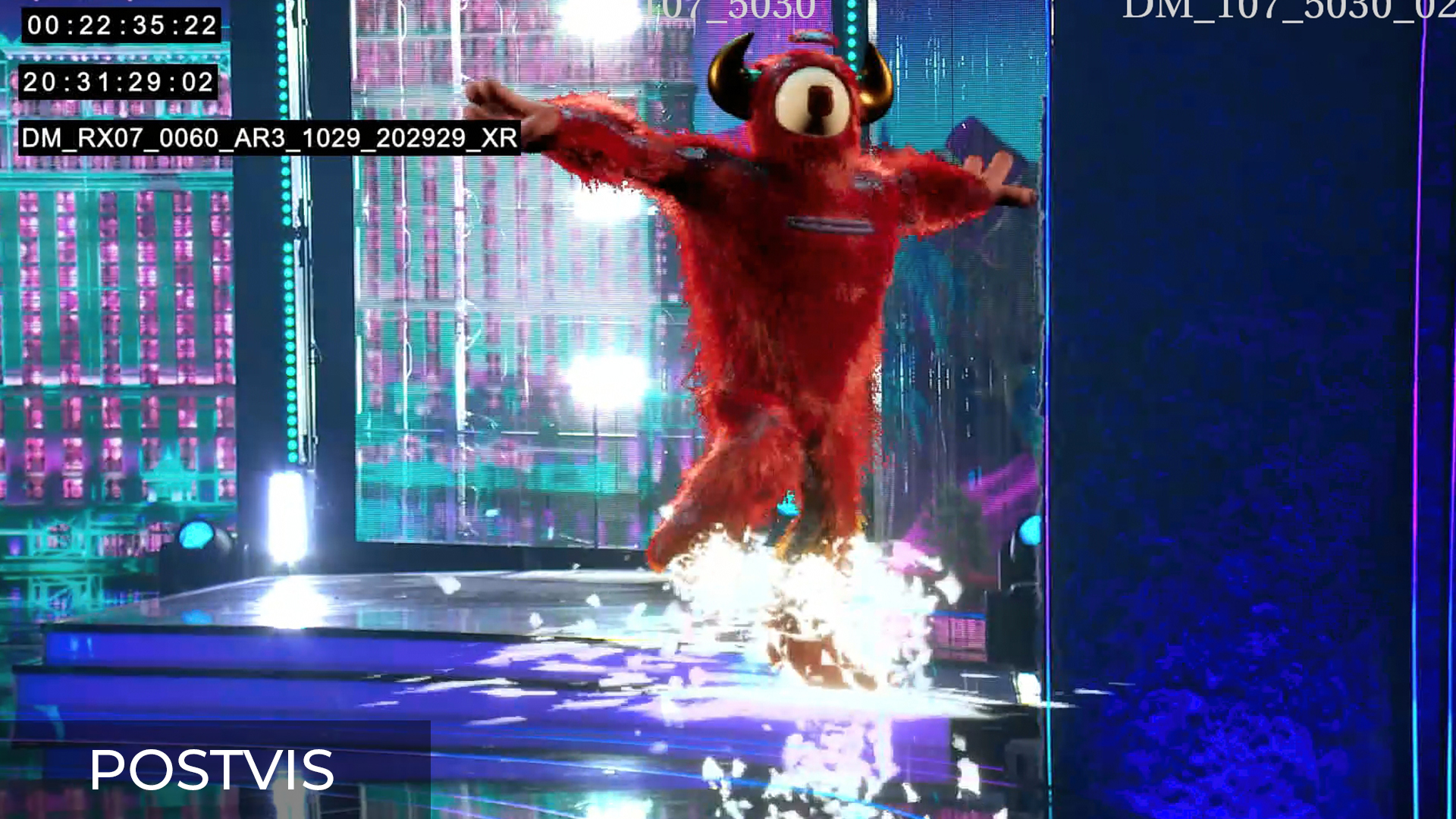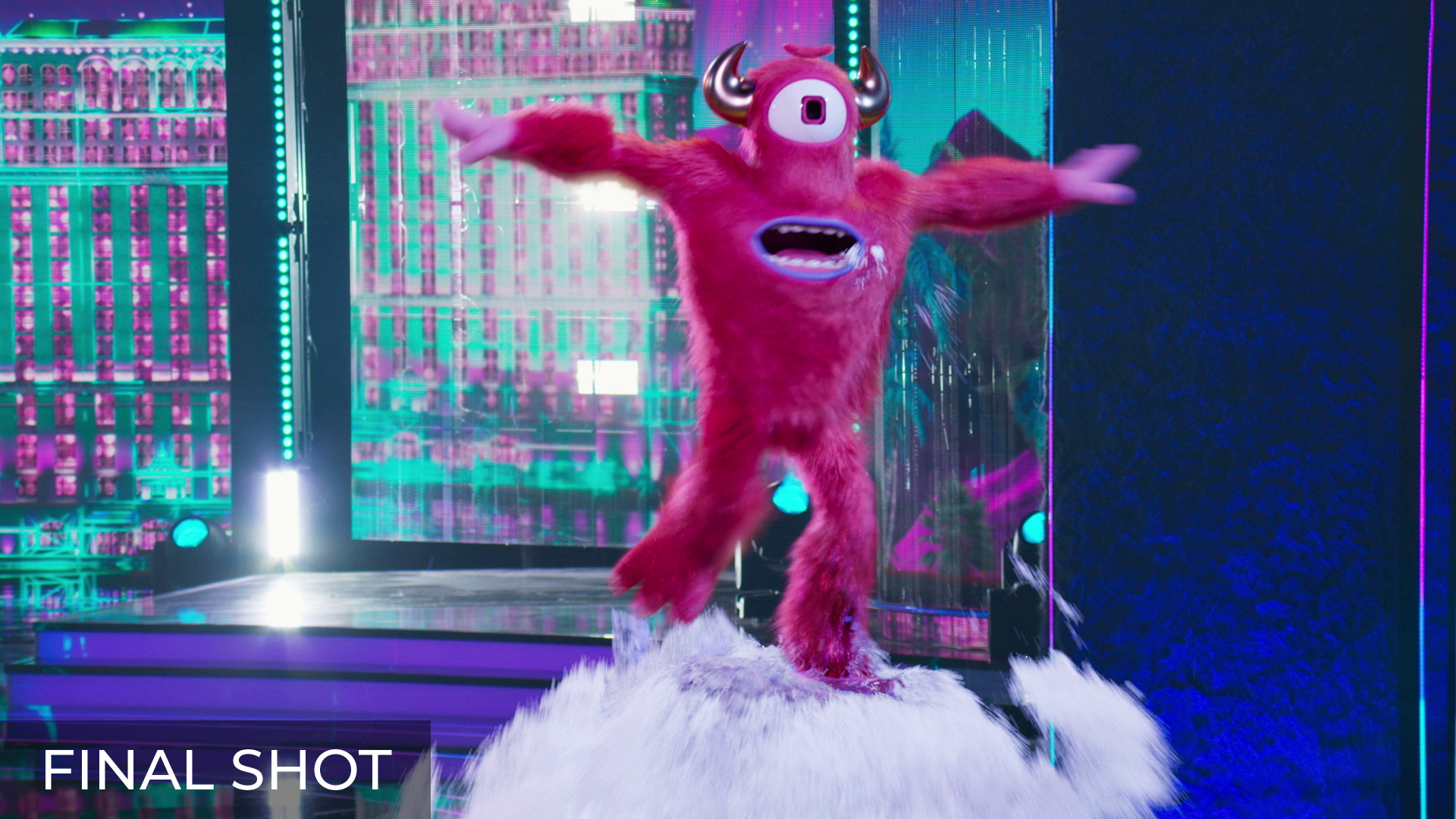Whatever the size of the project, our tools in the Virtual Production toolbox can add value, visibility and control for our clients. We work directly with our clients throughout the entire creative process; from conception through to final VFX. Whether they’re rebuilding a historical city, integrating live action elements with CG, creating nuanced CG cameras or designing complex characters; our suite of tools provides a quick and early visualisation to help our clients “see” their project in pre-production, production and post.
Virtual Production
We have been using Epic Games’ Unreal Engine for over ten years and are now using this knowledge to help plan high-end episodic productions, including for the recent BAFTA-nominated episode Doctor Who: Wild Blue Yonder. Our virtual scouting, LED shoot supervision, virtual cameras and on-set visualisation tools help the production team integrate CG characters or environments with live-action actors and sets.
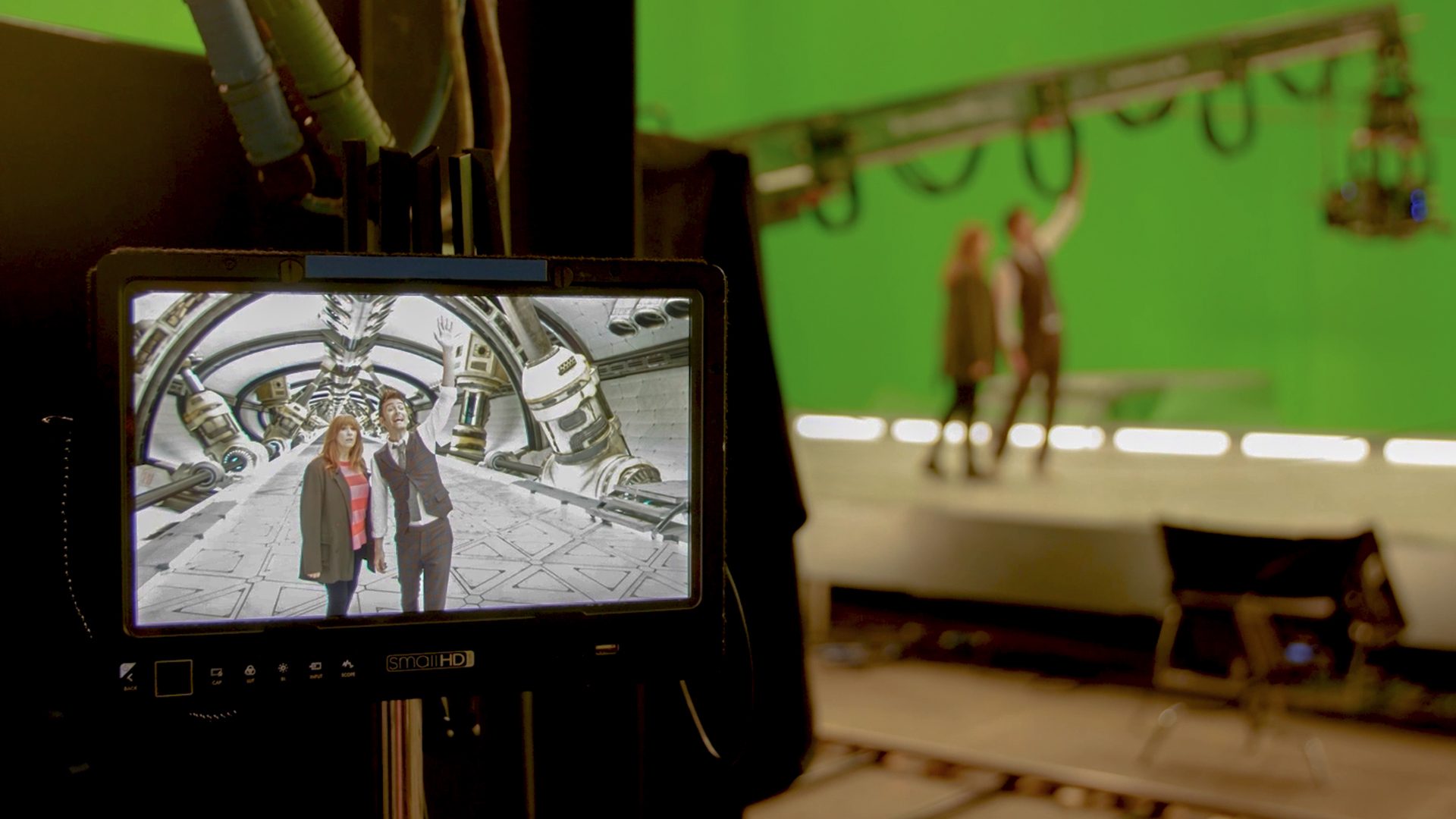
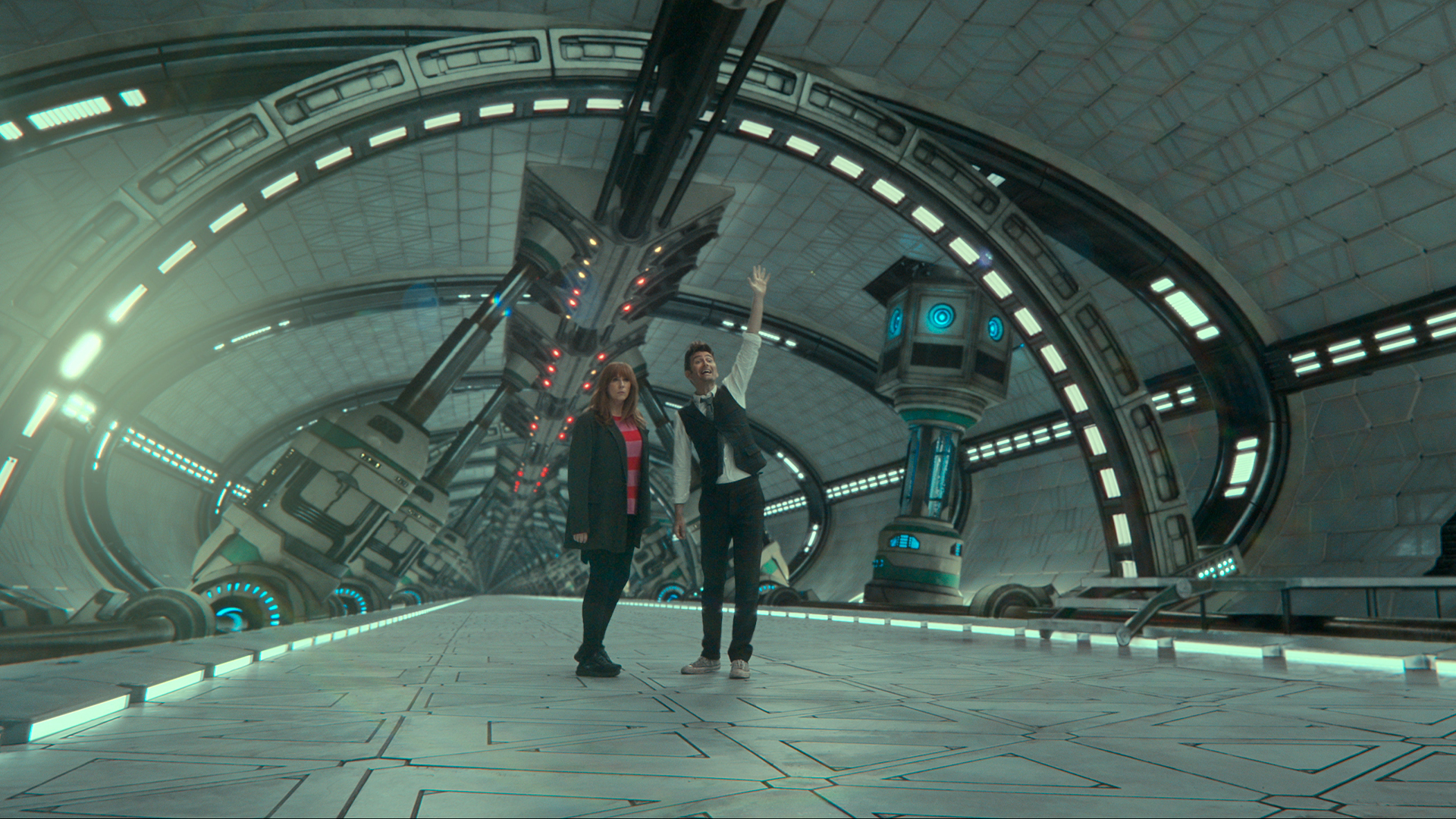
On-Set Support
We have a dedicated team of in-house VFX supervisors with a background in supervising a spectrum of productions of various sizes; from historical drama to large-scale fantasy. We have everything that a production needs, including on–set data capture equipment, and proprietary on–set Virtual Production tools that support productions with early visualisation and capturing key information needed in post-production.
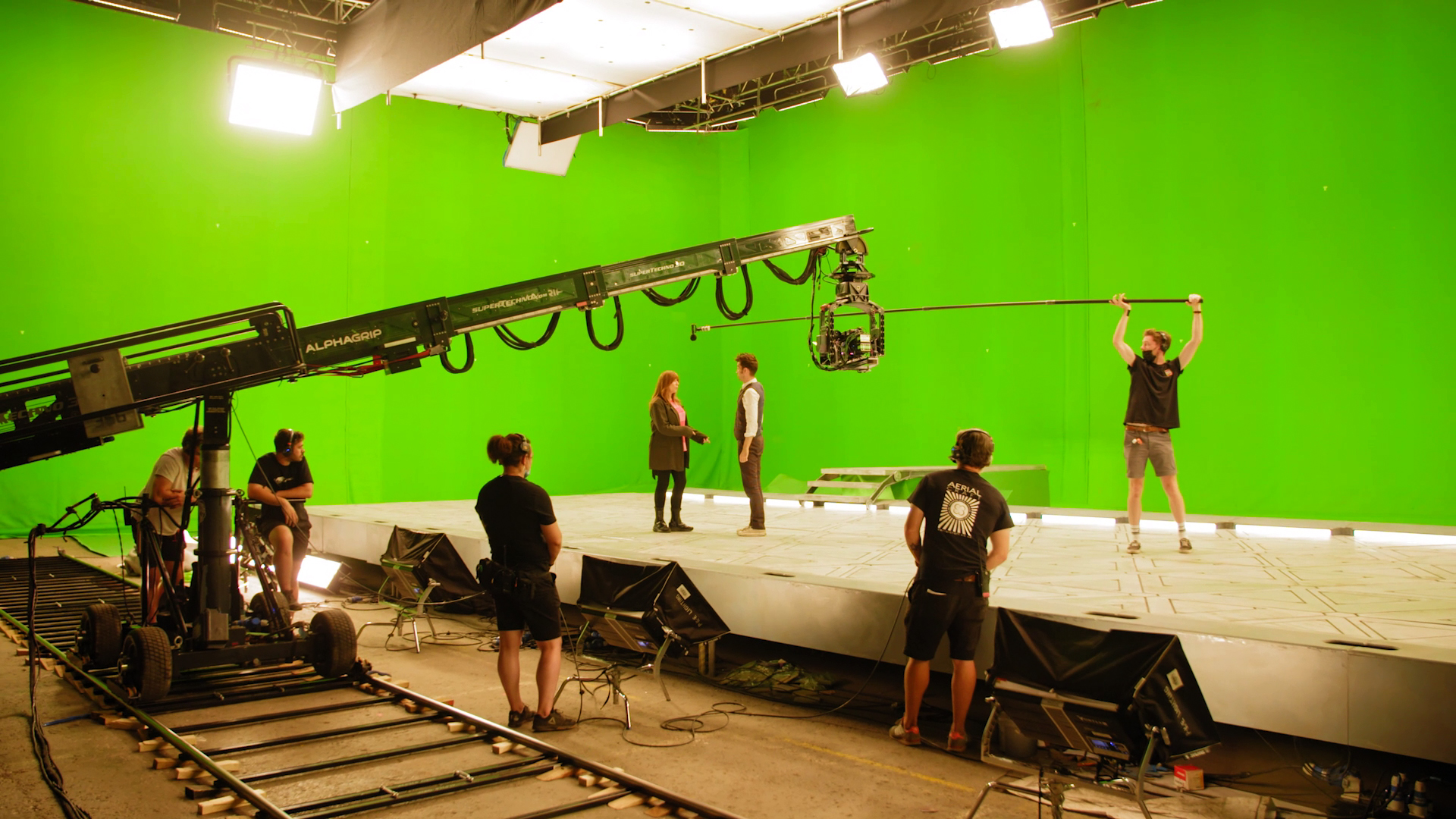
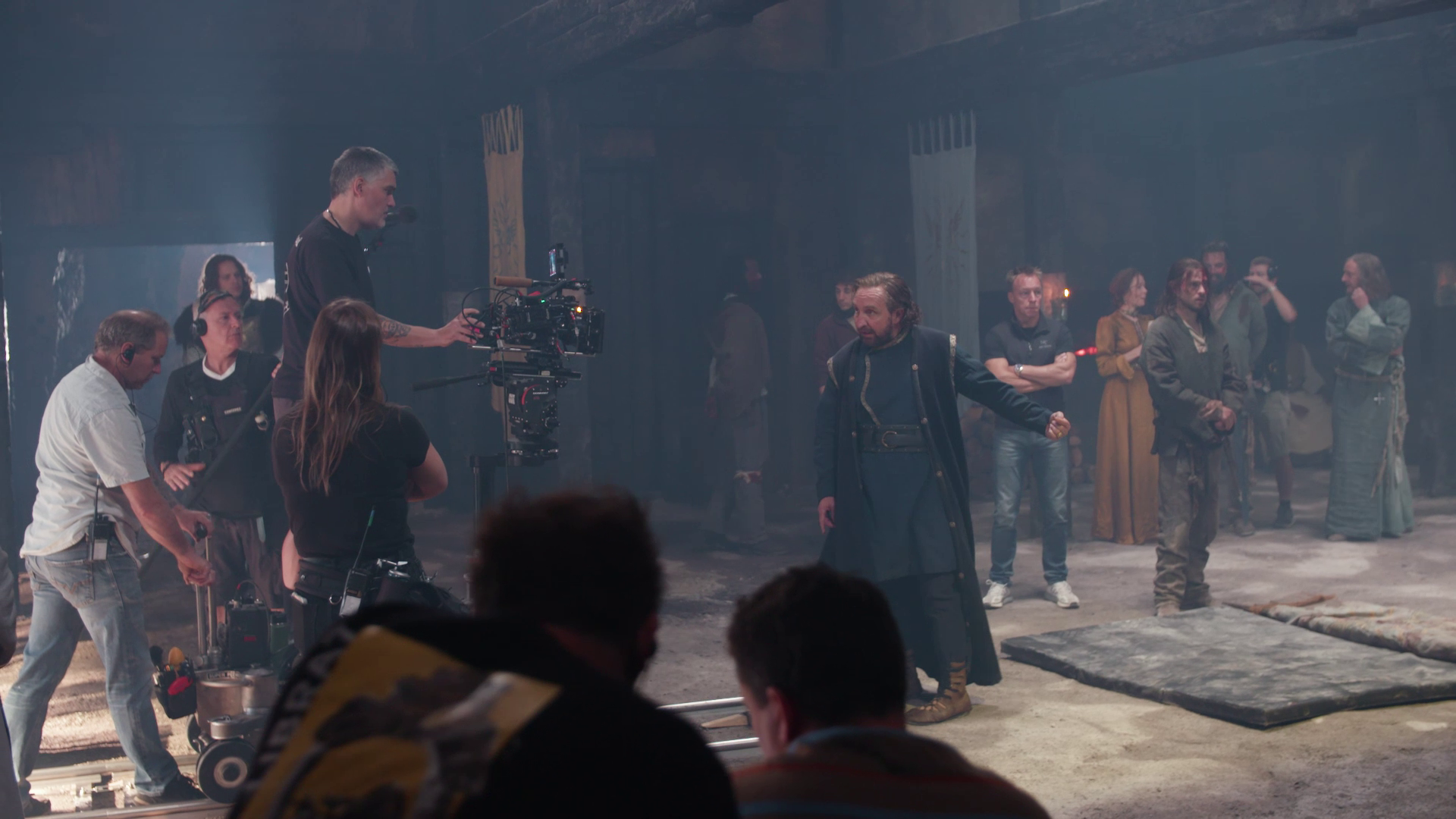
Motion Capture
Our creative team can breakdown, supervise and direct complex motion capture shoots; from stylised animation sequences to creating CG characters for a live-action Production. Recent examples include the multi-award-winning game cinematic for Jurassic Park: Survival, large-scale cutscenes for EA Sports’ F1 2023 and Netflix’s Dance Monsters, a deeply technical performance capture project of over 5000 shots of VFX.
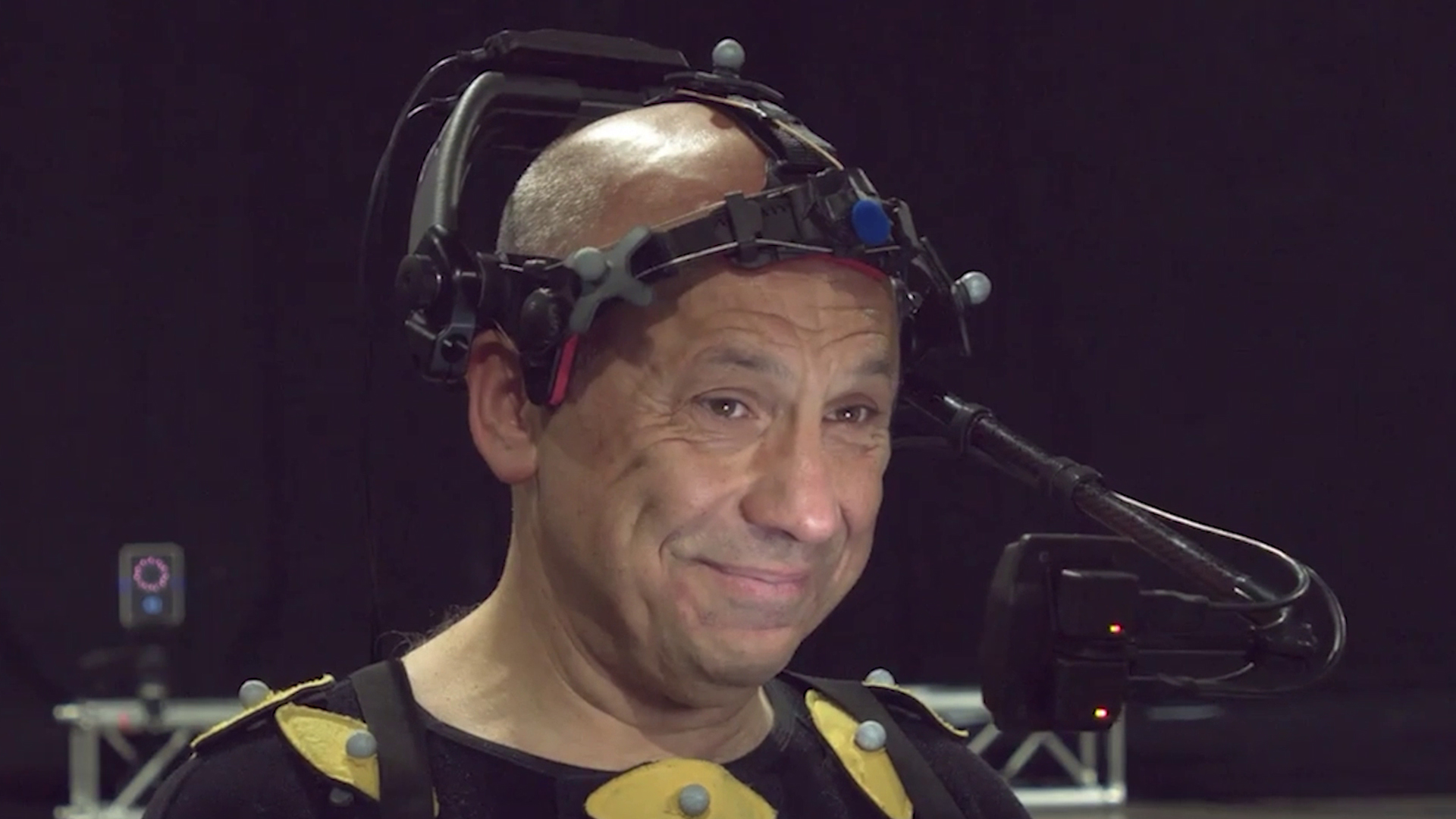
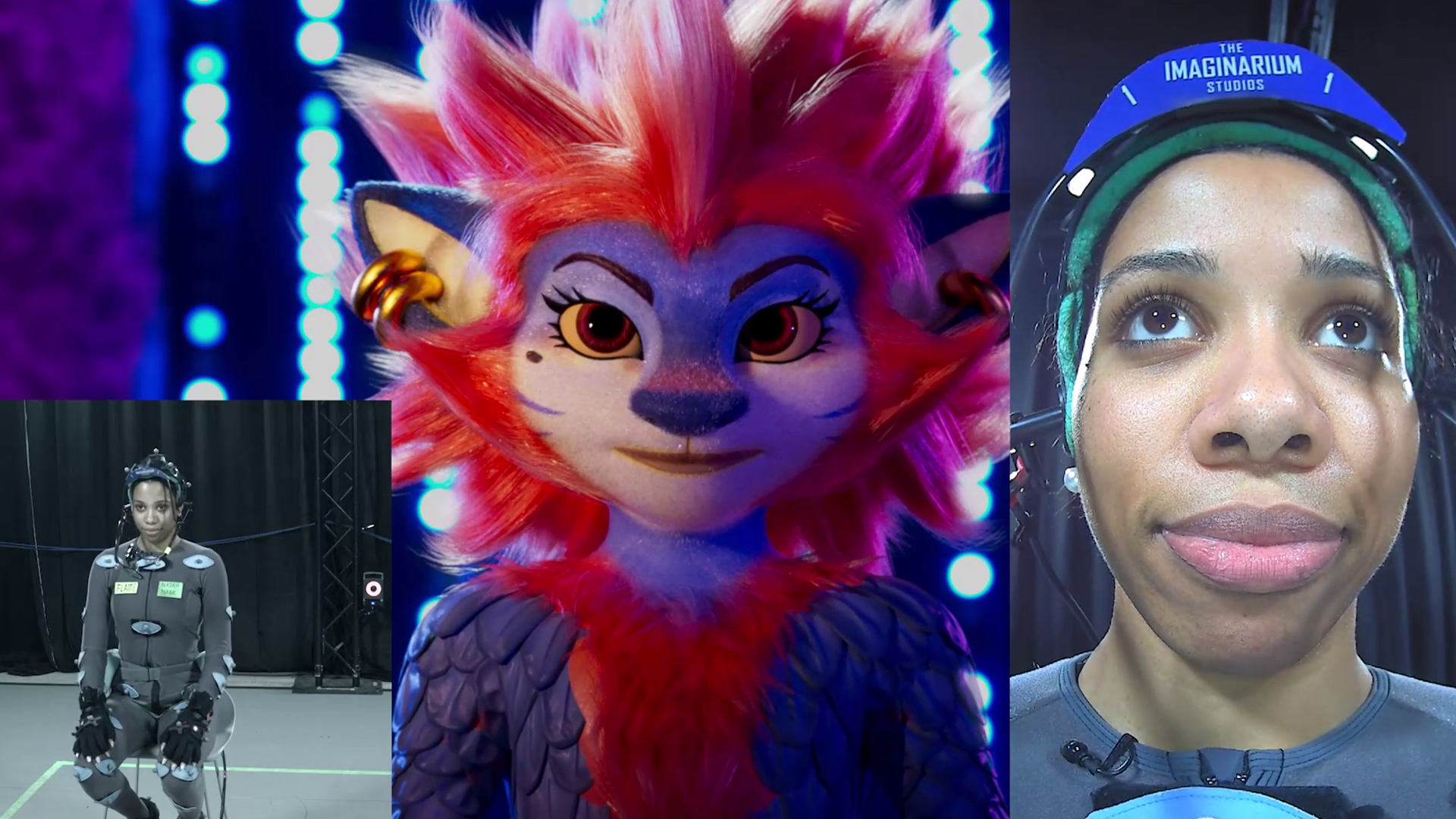
Virtual Art Department
Our virtual art department is where the worlds of technology and filmmaking collide. Our team make virtual environments that can be used in their entirety on a LED wall or green screen shoot, or to augment practical sets according to the Production Design. Using Unreal Engine, we create scenes that can be pre-lit by DOPs, support Directors with scouting for the shot’s composition and giving actors real-time feedback on the digital locations they are in.
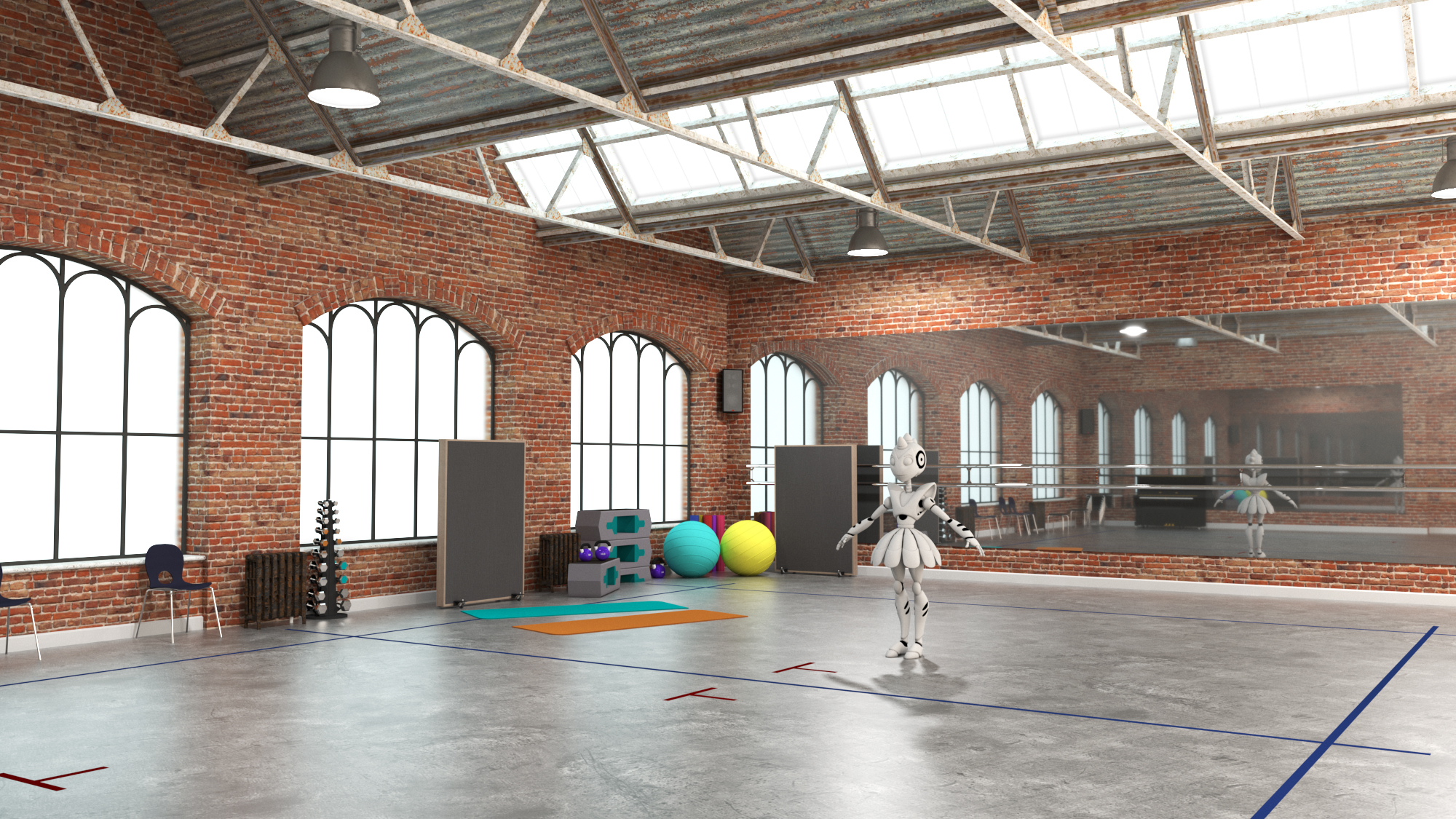
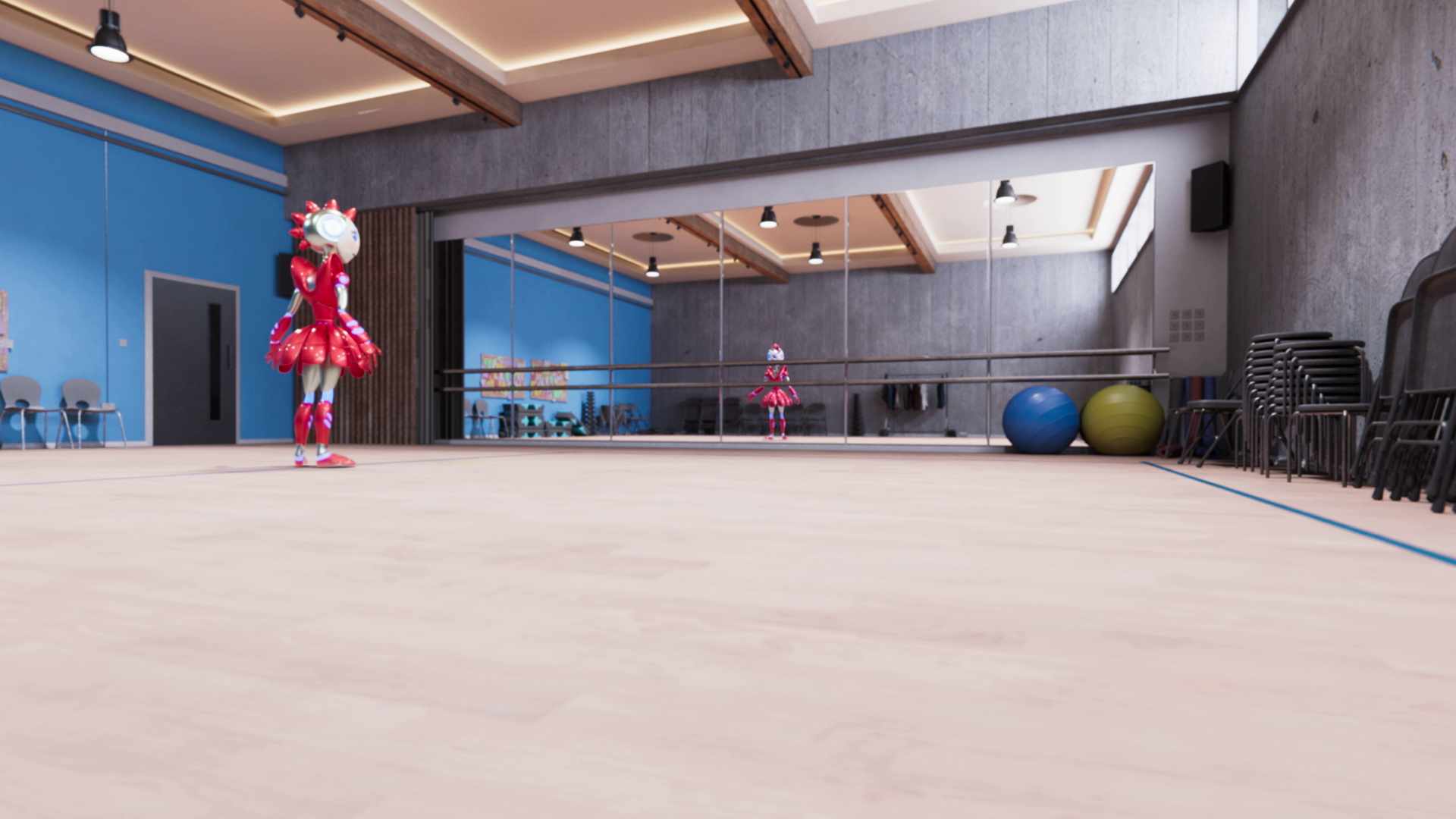
Pitchvis
Pitchvis visualises a creative idea ahead of having a project greenlit. We can then support our clients further, creating concepts and previs to highlight key dramatic scenes and moments.
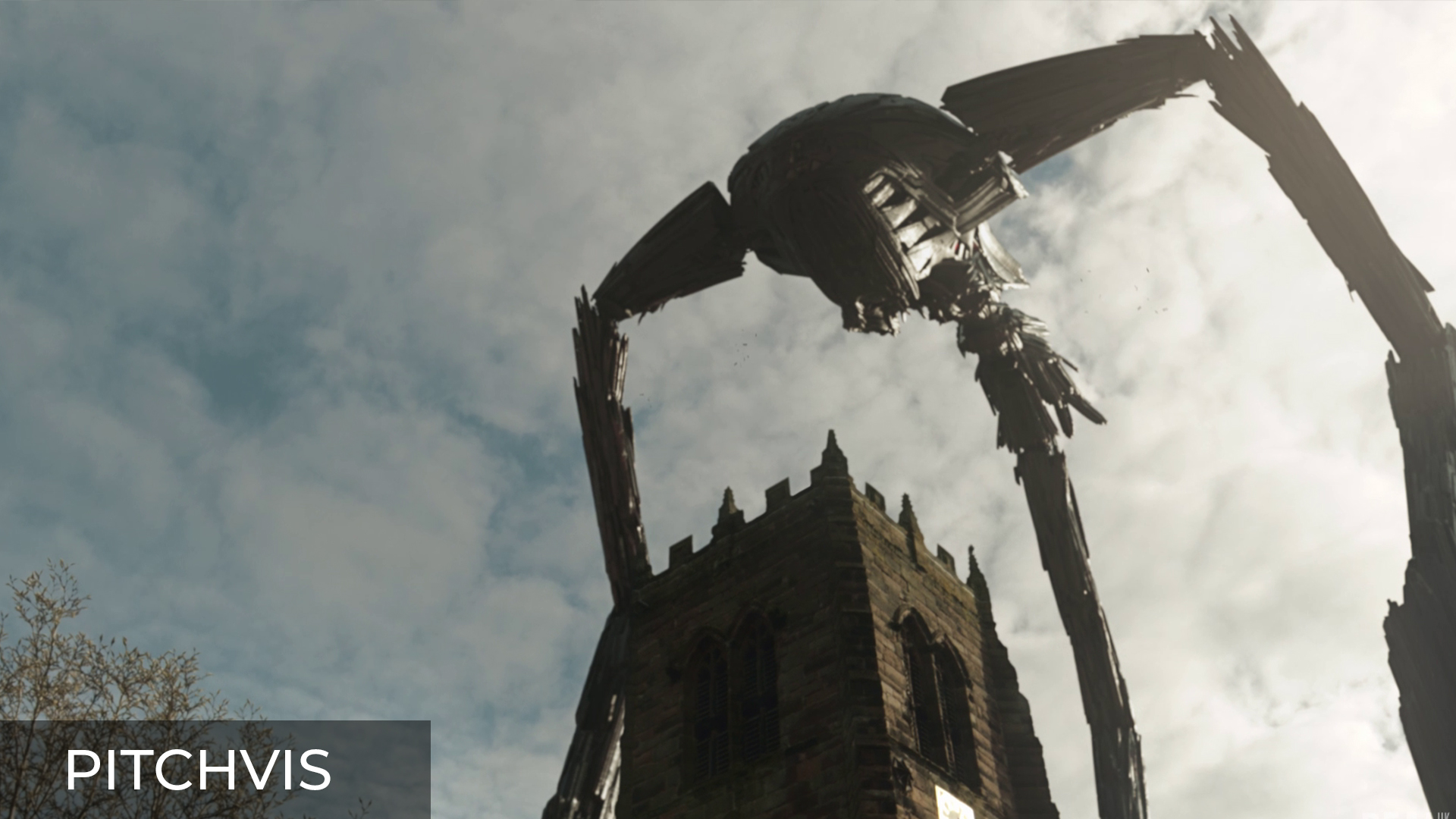
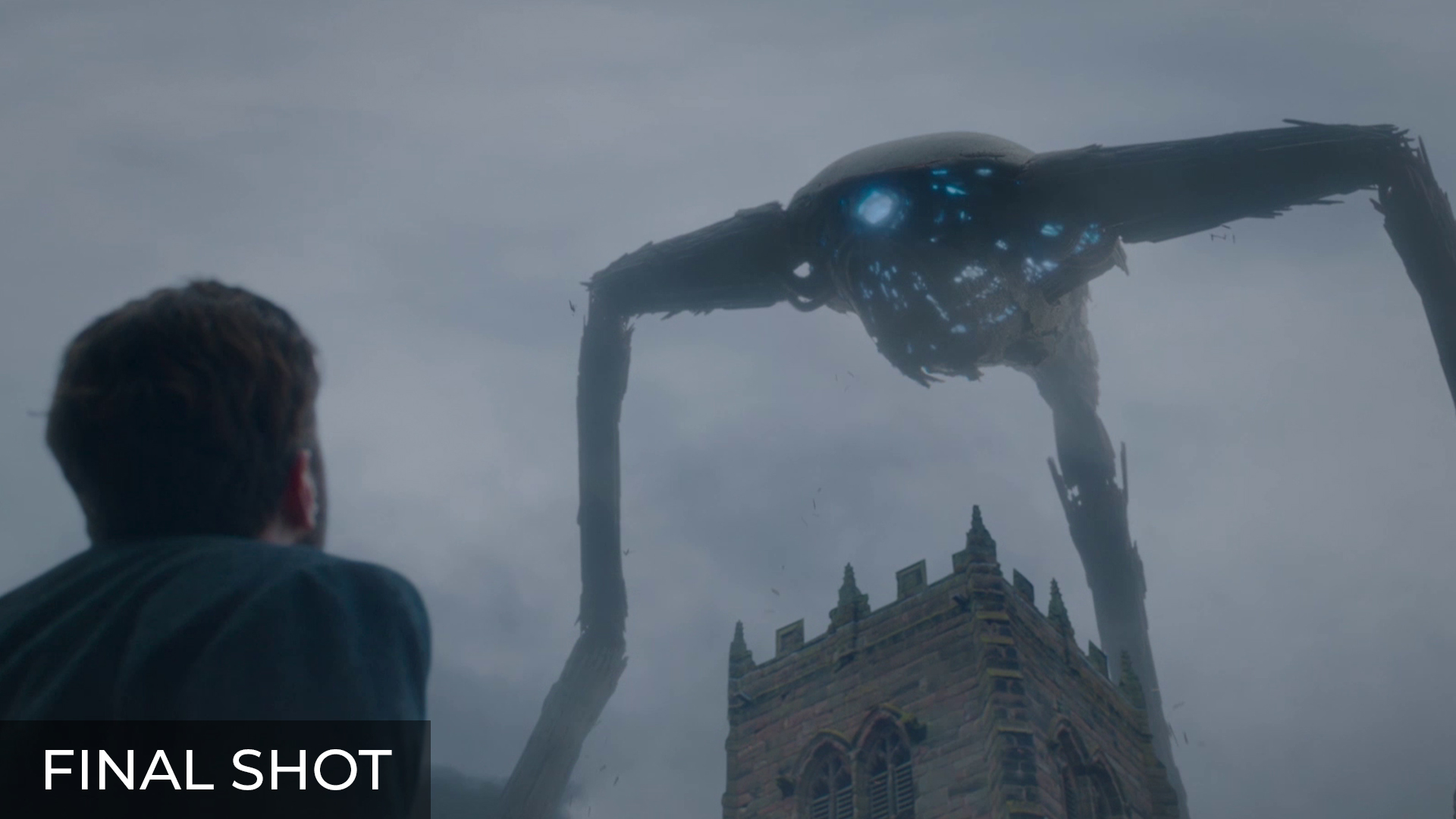
Concepts, Storyboards & Animatics
Our in-house art department supports with visual development, character and environment design in early pre-production. With an emphasis on storytelling, our team can help to hone the look and feel of the project through concept art, storyboards and animatics. This phase allows our clients to build worlds, characters and sequences early on for creative feedback before committing to an idea.
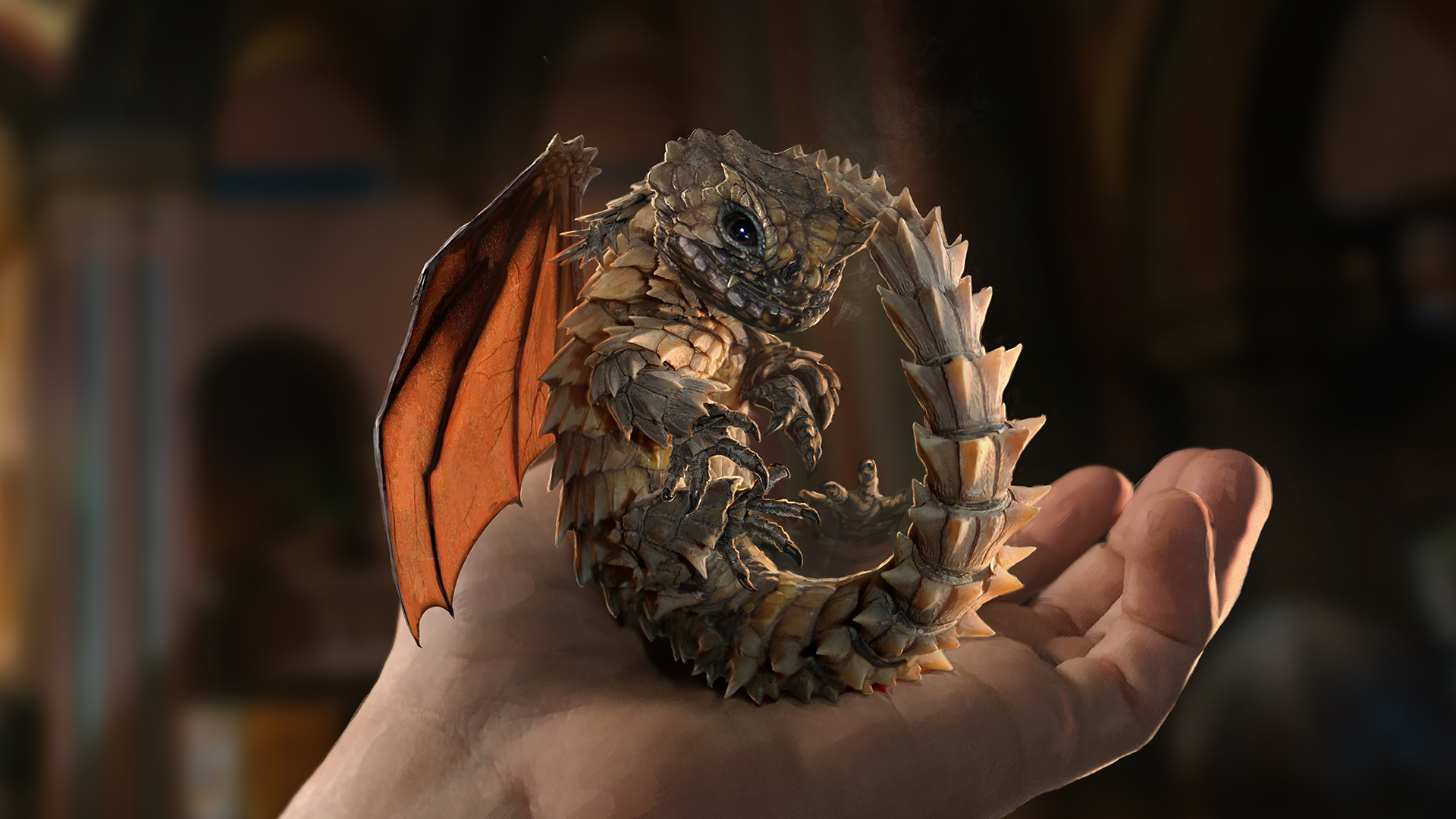
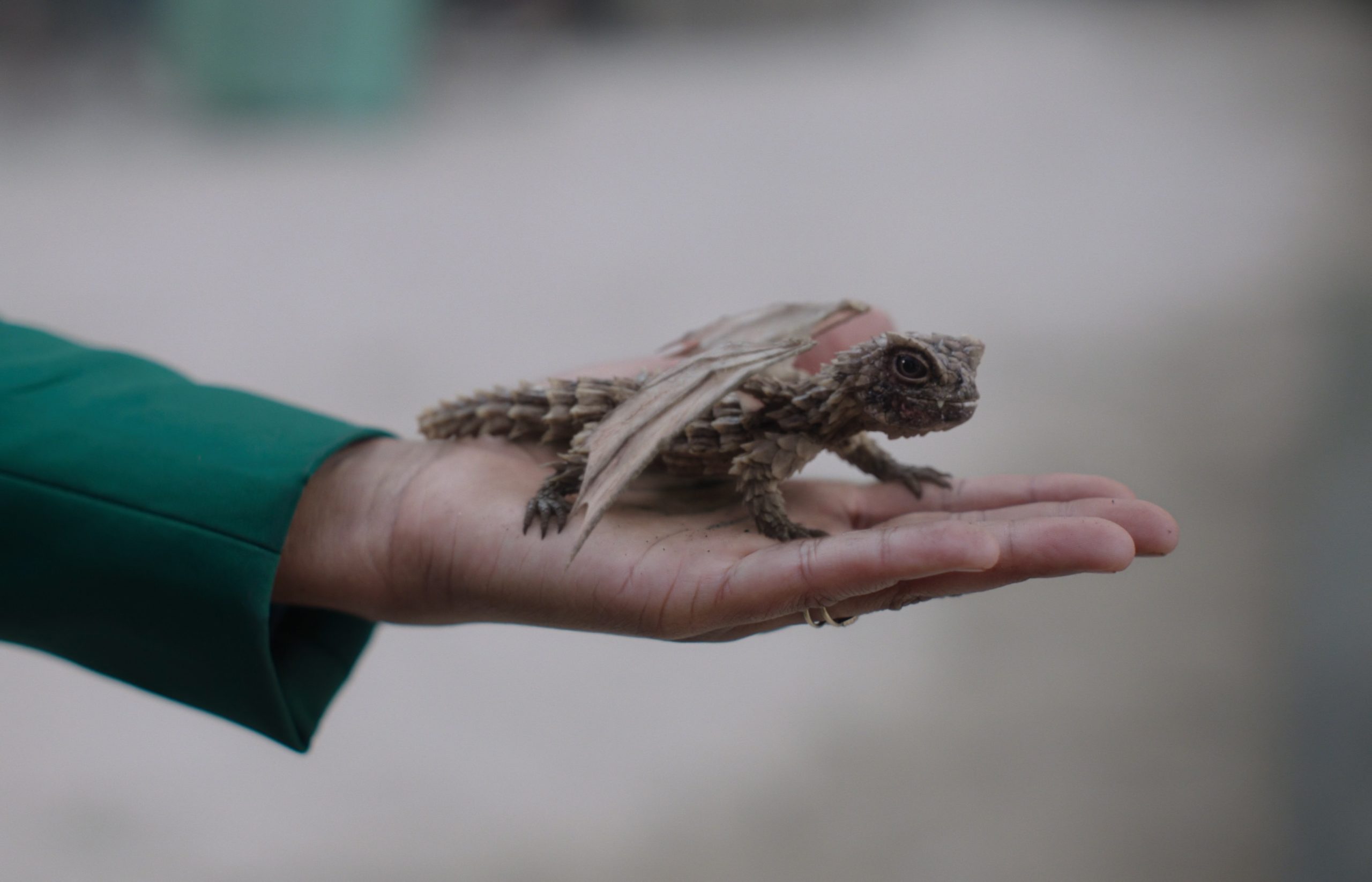
Previs
Previs is widely used in the games, film and episodic world to visualise a scene in 3D before creating it. This stage allows for technical and creative problem solving before going into full production, making sure that the client’s creative vision is on track. In this stage you block out scenes, set up a camera, fine-tune a lighting set up and pose characters.
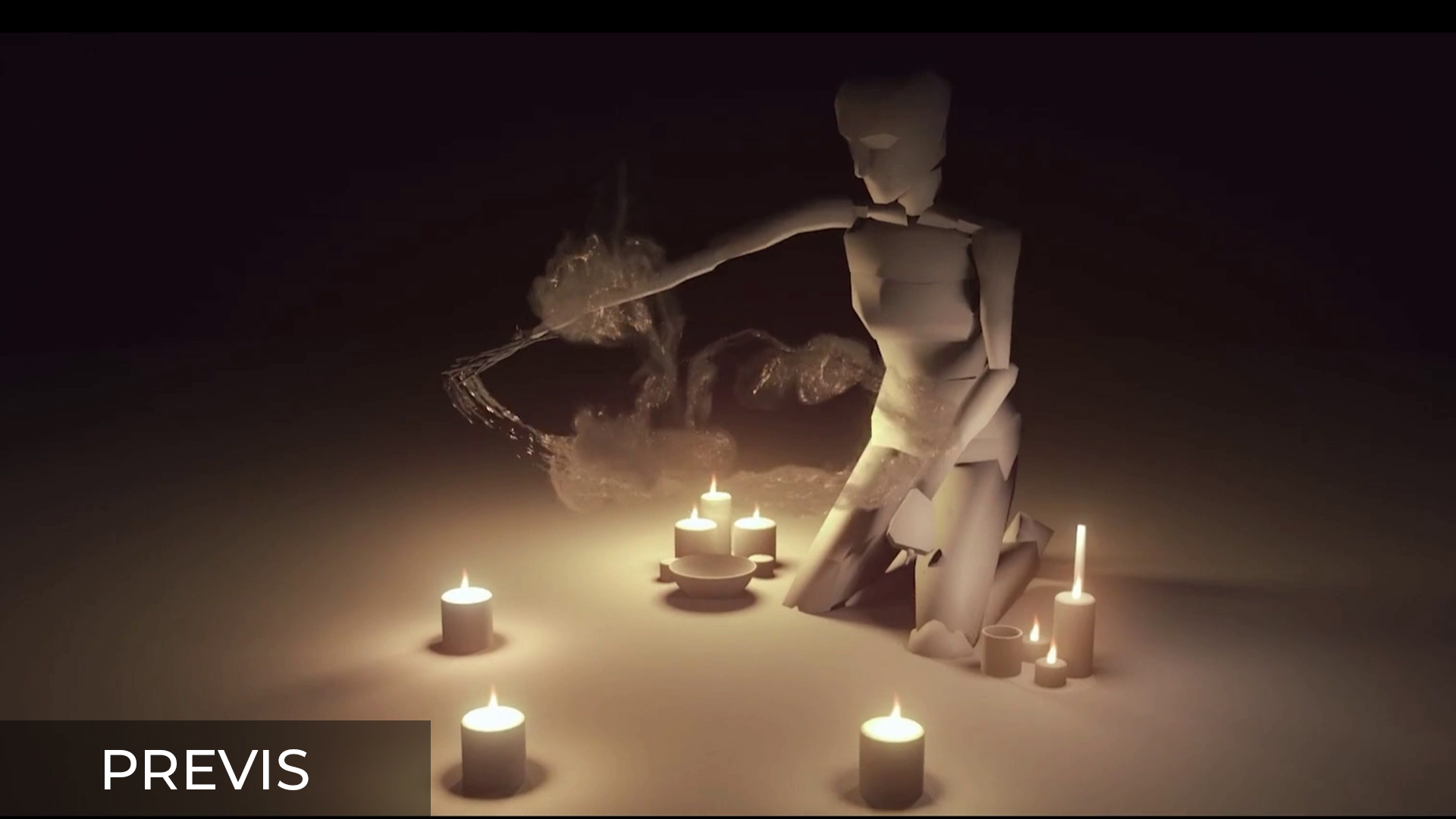
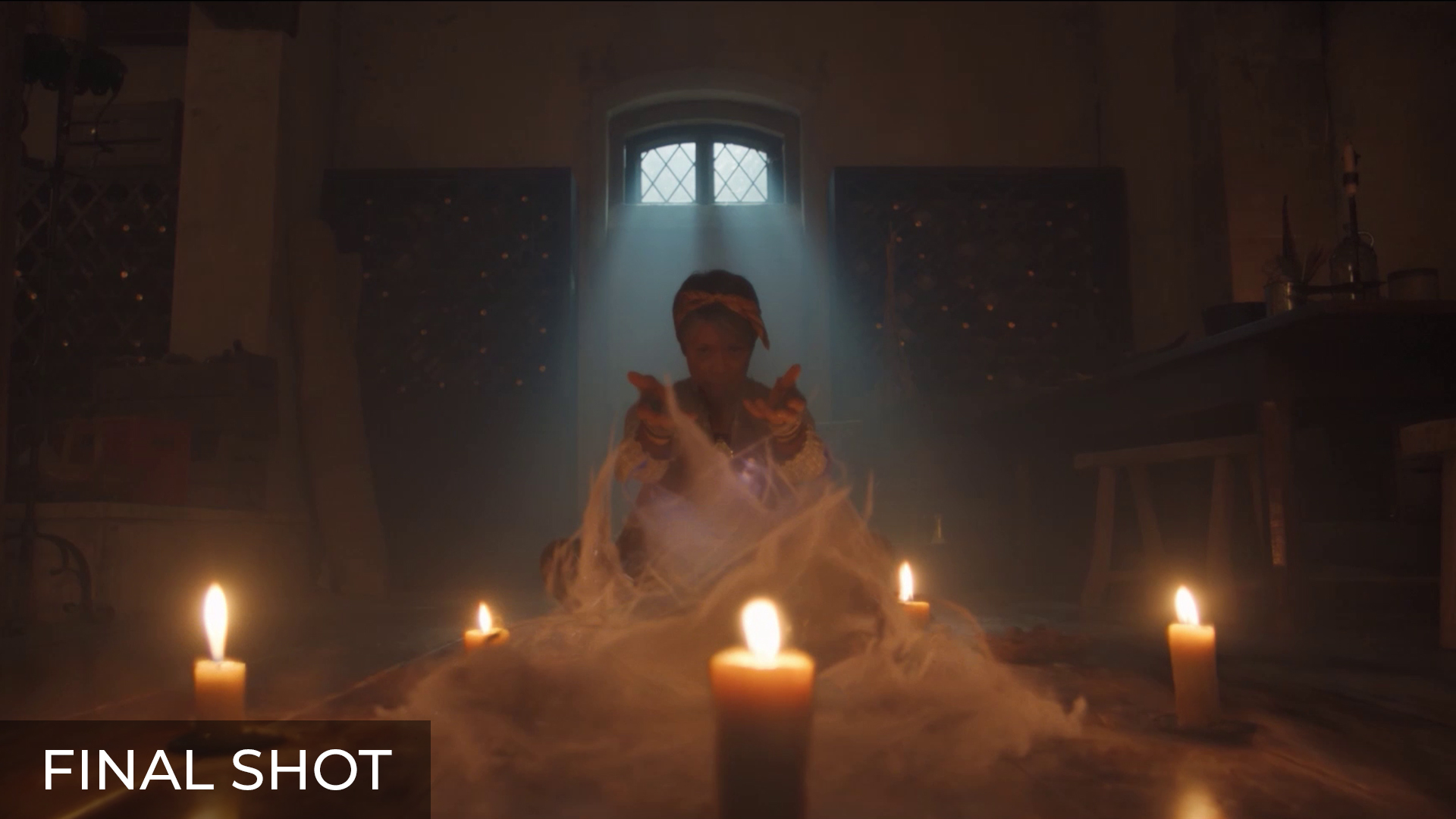
Techvis
Techvis allows us to create a technical plan for complex shots that combine real-world and virtual elements. A techvis plan considers the work of several production departments, from camera data to onset equipment like dollys and motion control rigs. This is often an invaluable step that makes sure that there are no surprises on the day of the shoot.
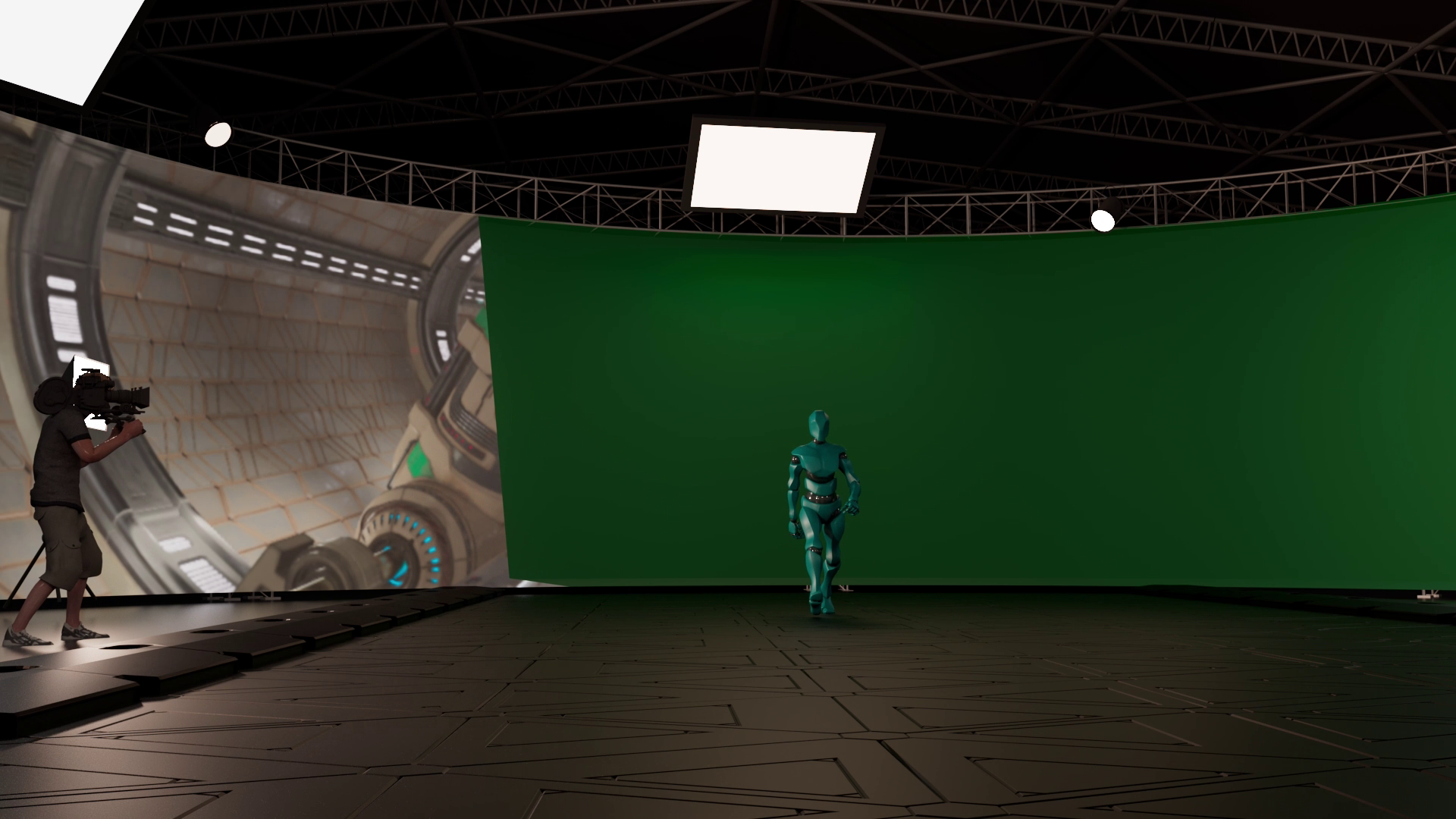
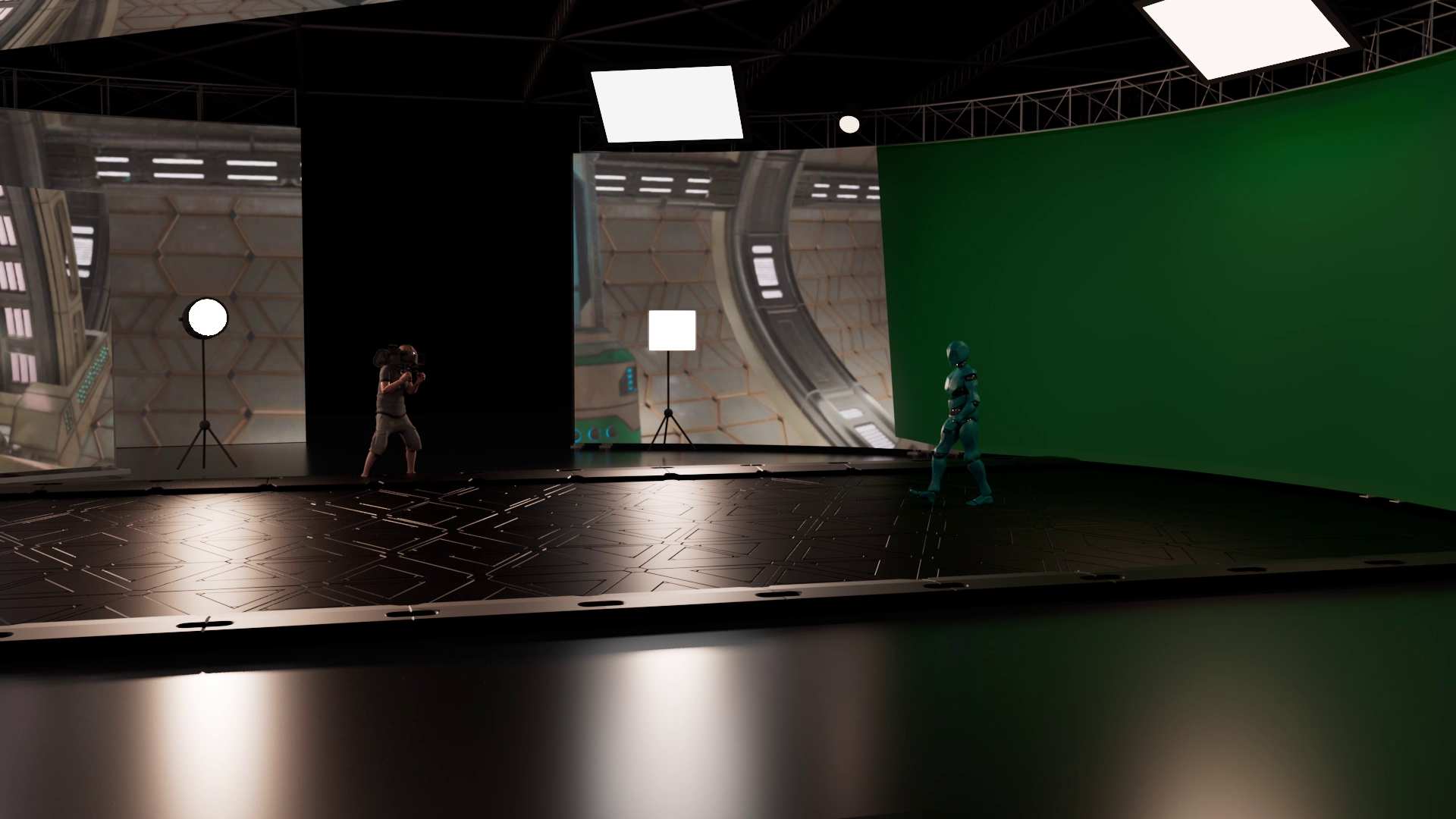
Postvis
Postvis is the combination of the temporary CG or Visual Effects with the live action footage. This allows our clients to quickly preview shots to establish the look, before committing to the full postproduction process. This also can be used to create temporary placeholder for editorial and support Directors in the creative decision-making process.
